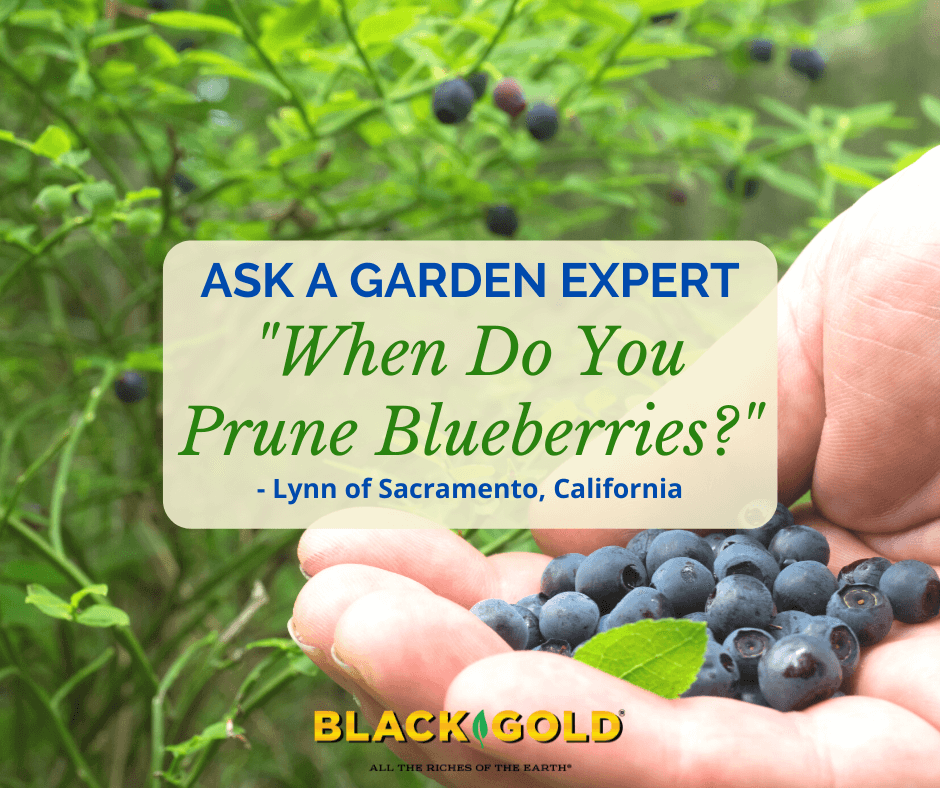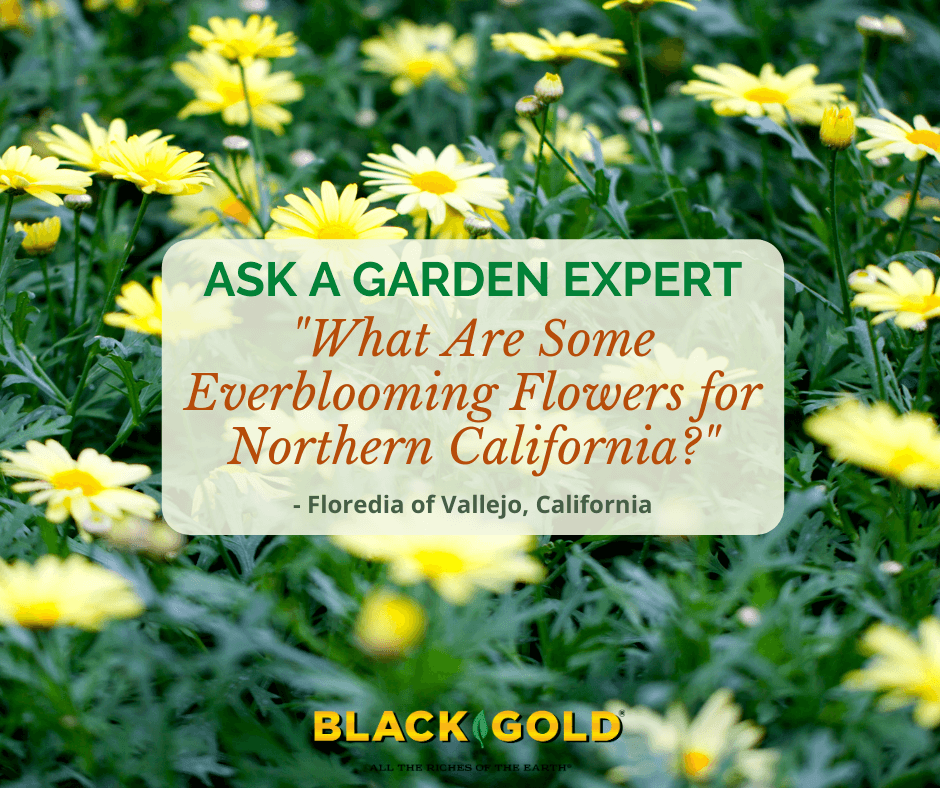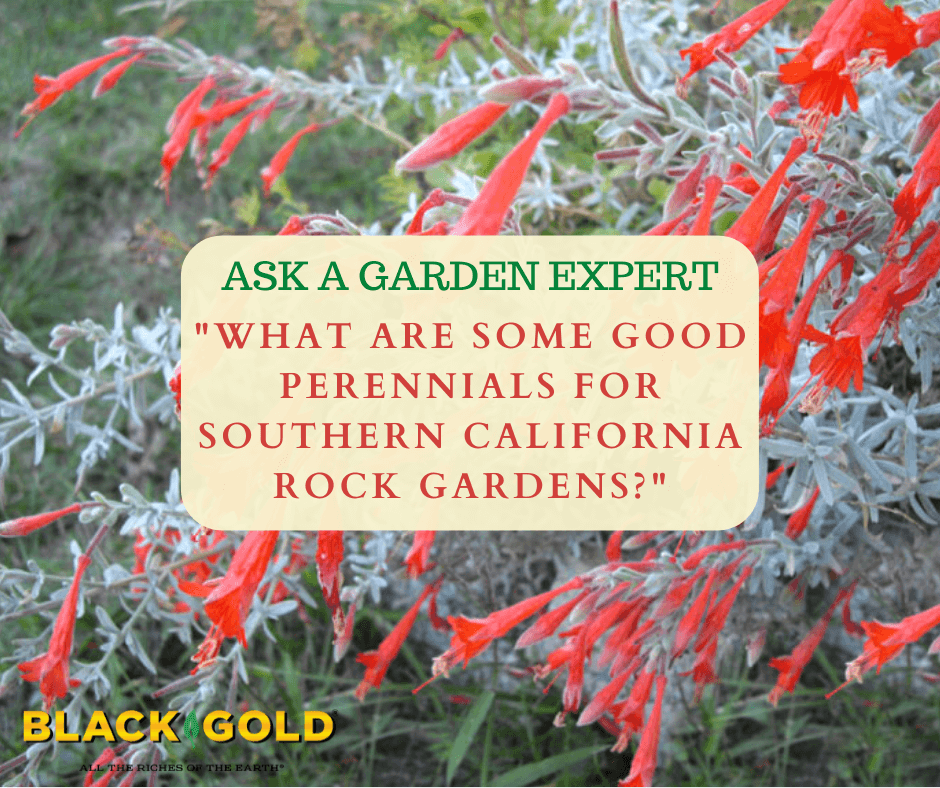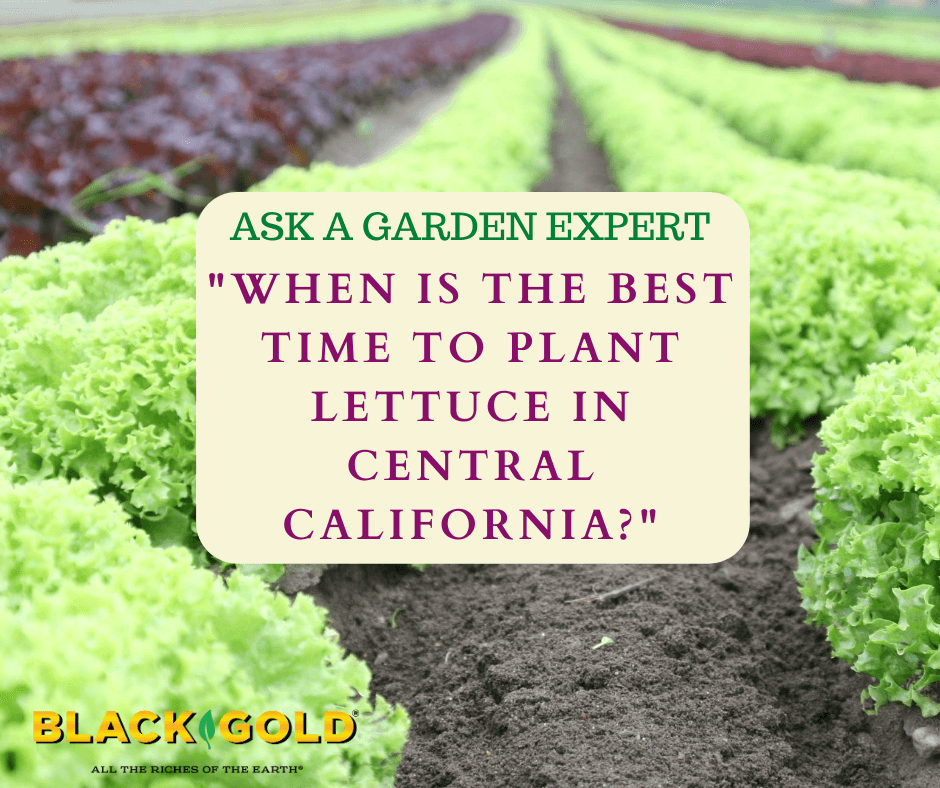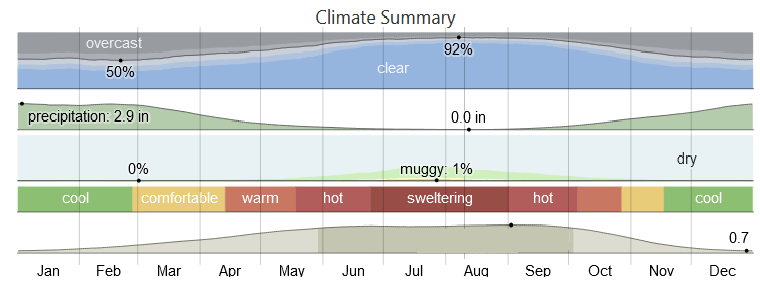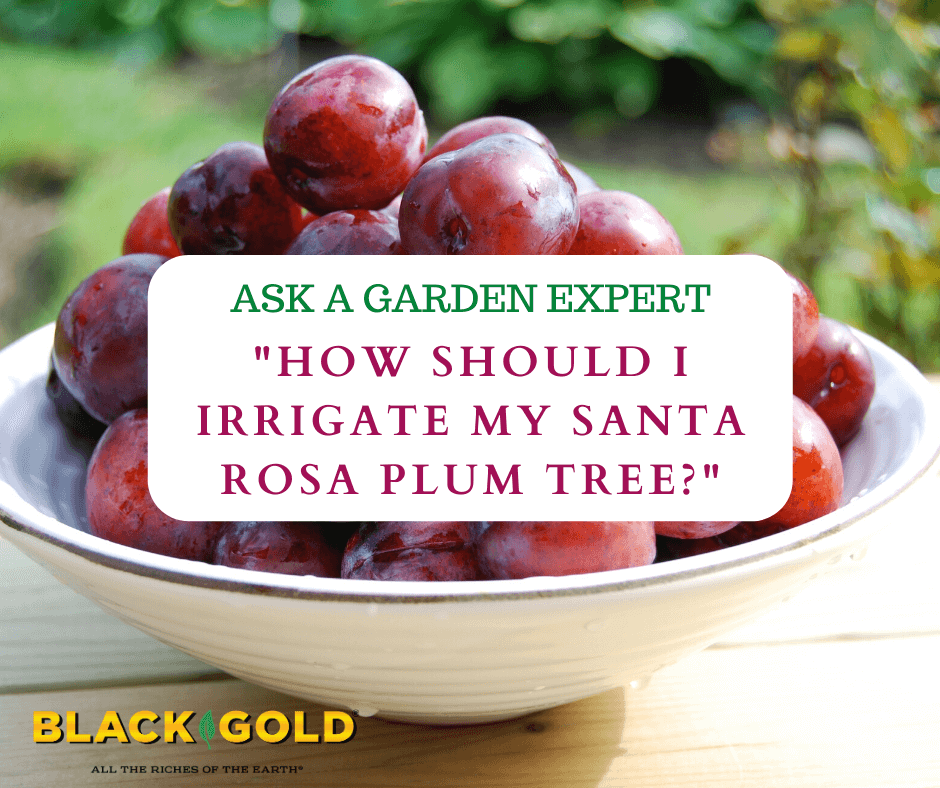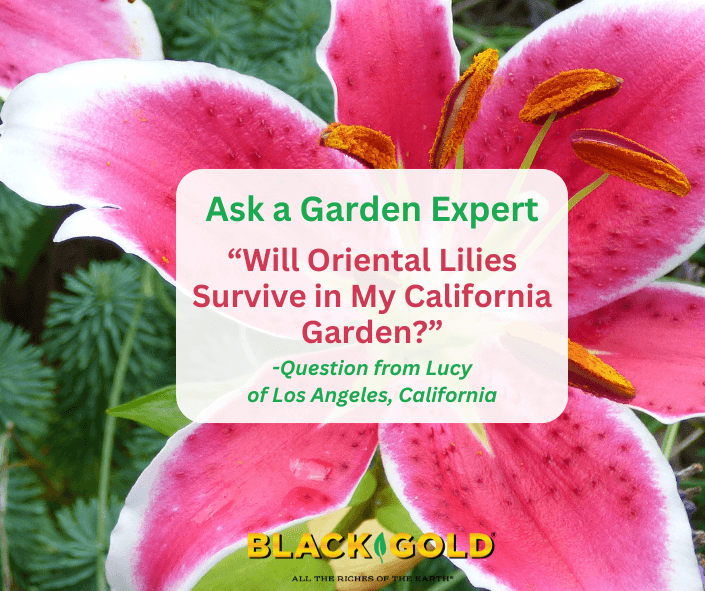 “I want to grow oriental lilies in my garden, but I am told they may not survive where I live in Los Angeles. Can I grow them?” Question from Lucy of Los Angeles, California.
“I want to grow oriental lilies in my garden, but I am told they may not survive where I live in Los Angeles. Can I grow them?” Question from Lucy of Los Angeles, California.
Answer: It depends on where you live in the Los Angeles, California area. Oriental lilies (Lilium orientale) need six weeks of winter cold to survive and bloom each year. They are hardy to USDA Hardiness Zones 4-9 or Sunset Climate Zones 1-9, 14-23. Los Angeles is listed as having Zone 9 or 10 areas, depending on local topography and proximity to the ocean, as well as varying Sunset Climate Zones (Click here to see the Sunset Climate Zones for LA). If you live in an area listed as USDA Hardiness Zone 9 or the appropriate Climate Zones, give them a try. Otherwise, they will survive for only a few years before declining.
Why Do Oriental Lilies Need Winter Cold?
Some plants, like oriental lilies, need winter cold to complete their life cycle and flower each year. The process is called vernalization (Derived from the Latin word “vernus”, which translates to “of spring”). Generally, certain plants need a specific amount of cold exposure for the induction of flower buds for the coming year. No cold means no flowers, and plants will eventually die due to lack of cold.
If you are determined to grow oriential lilies, you can also try growing them in pots and chilling them each year. Chill them in temperatures below 40° F. After chilling, they take around three and a half months before blooming.
Growing Oriental Lilies
If you try planting them, you will also need to water your lilies more frequently, and amend the ground soil where they are planted with lots of organic matter because L.A. is dry and soil quality varies.
 Overall, oriental lilies grow best in soils that are well-drained and rich in organic matter. The ideal pH should be slightly acidic (5.5 to 6.5), but neutral soils are also tolerated. Lily bulbs planted in the ground will thrive if the soil is amended with Black Gold Natural & Organic Garden Compost Blend. If you plan to pot your lily specimens, I recommend potting them in Black Gold® All Purpose Potting Mix or Black Gold Natural & Organic Ultra Coir, which is rich in organics but drains well. Choose a fertilizer specially formulated for summer bulbs. They are balanced fertilizers with added bonemeal, and there are many fine choices available at garden centers.
Overall, oriental lilies grow best in soils that are well-drained and rich in organic matter. The ideal pH should be slightly acidic (5.5 to 6.5), but neutral soils are also tolerated. Lily bulbs planted in the ground will thrive if the soil is amended with Black Gold Natural & Organic Garden Compost Blend. If you plan to pot your lily specimens, I recommend potting them in Black Gold® All Purpose Potting Mix or Black Gold Natural & Organic Ultra Coir, which is rich in organics but drains well. Choose a fertilizer specially formulated for summer bulbs. They are balanced fertilizers with added bonemeal, and there are many fine choices available at garden centers.
Happy gardening!
Jessie Keith
Black Gold Horticulturist


